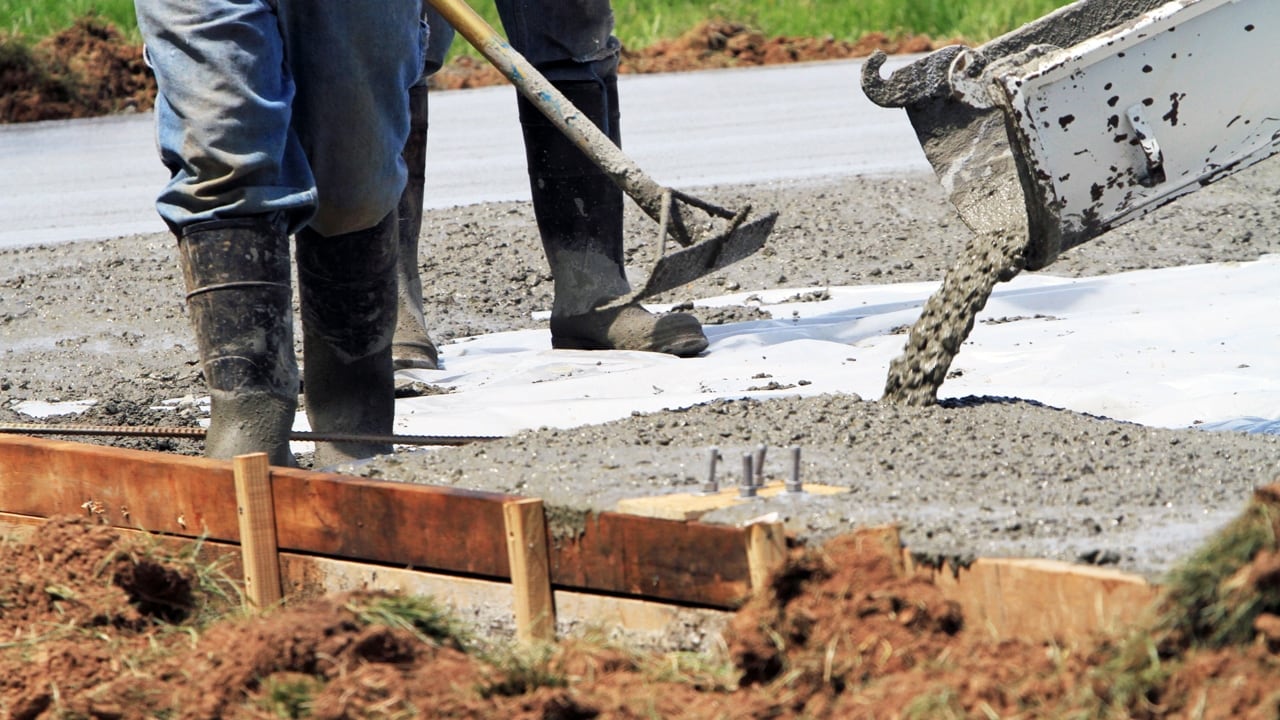Improve Construction Safety with Professional Concrete Scanning
Improve Construction Safety with Professional Concrete Scanning
Blog Article
Beyond the Surface Area: Leveraging Advanced Concrete Scanning Techniques for Unmatched Accuracy and Insight
In the world of construction and infrastructure maintenance, the pursuit for accuracy and thoroughness is incessant. Advanced concrete scanning methods have become important devices in this pursuit, providing a glance beneath the surface area to unveil a world of important understandings. By harnessing sophisticated modern technologies, professionals can uncover abnormalities, examine the condition of concrete structures, and make informed choices that form the program of projects. The ramifications of these strategies extend far past plain surface-level evaluations, assuring a depth of accuracy and understanding that is exceptional.
Relevance of Advanced Concrete Scanning
The value of making use of sophisticated concrete scanning strategies depends on the unparalleled accuracy they supply for spotting sub-surface abnormalities and making certain structural honesty. By utilizing advanced innovations such as ground-penetrating radar (GPR), electro-magnetic induction, and advanced sonar imaging, building and construction experts can delve beneath the surface area of concrete structures with a level of precision that much surpasses conventional examination approaches. Concrete Scanning. These techniques make it possible for the recognition of surprise risks like rebar deterioration, spaces, channels, or post-tension cables that might jeopardize the stability and safety of a framework in time
Moreover, advanced concrete scanning supplies invaluable insights right into the overall condition of a concrete aspect without the demand for invasive measures, reducing the danger of triggering damages throughout the evaluation process. The capability to pinpoint the exact place and depth of possible concerns permits targeted repair work and upkeep, eventually prolonging the lifespan of the structure and optimizing its performance. Fundamentally, the significance of advanced concrete scanning can not be overstated in the world of building and infrastructure upkeep, where accuracy and integrity are paramount.
Kinds Of Cutting-Edge Technologies

Anomalies and Issue Discovery

Along with GPR, concrete scanning strategies like thermography and get more impact-echo screening are also efficient in finding anomalies and defects. Thermography utilizes infrared modern technology to determine variations in surface area temperature level, suggesting prospective areas of problem such as delamination or moisture ingress. On the other hand, impact-echo testing includes assessing acoustic responses to identify voids, official website splits, and other flaws within the concrete. By leveraging these sophisticated techniques, specialists can proactively resolve architectural issues, making certain the long life and safety and security of concrete structures.
Assessing Concrete Condition
Just how can engineers precisely evaluate the problem of concrete frameworks to ensure their durability and safety? Various advanced concrete scanning strategies are utilized for this objective. Ground-penetrating radar (GPR) is generally used to analyze the internal framework of concrete, identifying gaps, fractures, and other abnormalities that may jeopardize its toughness.
Moreover, aesthetic assessment remains a fundamental component of concrete problem assessment. Designers visually analyze the surface area for signs of degeneration, such as spalling, cracking, or staining. Incorporating non-destructive testing approaches with aesthetic examinations enables a thorough evaluation of concrete condition, enabling engineers to recognize prospective problems early on and execute prompt upkeep or fixings. By leveraging these advanced techniques, engineers can make sure the long-lasting resilience and security of concrete frameworks.
Enhancing Decision-Making Procedures
In the world of framework monitoring, maximizing decision-making processes is crucial for ensuring the efficient upkeep and long life of concrete structures. Boosted decision-making processes in concrete monitoring entail using innovative scanning strategies to gather comprehensive information on the problem of structures. By leveraging technologies such as ground-penetrating radar and 3D imaging, stakeholders can make informed decisions regarding support, substitute, or repair strategies.
These progressed scanning methods give important insights right into the inner make-up of concrete, identifying prospective concerns such as voids, cracks, or rust that might not show up externally. This degree of detailed information permits positive upkeep planning, reducing the risk of structural failings and boosting the overall life expectancy of concrete frameworks.
In addition, by integrating electronic documentation and evaluation tools right into the decision-making process, stakeholders can track the advancement of concrete website here problems in time, enabling predictive maintenance methods and optimizing source allowance. Eventually, the combination of innovative concrete scanning strategies improves decision-making processes by offering unmatched accuracy, insight, and effectiveness in facilities monitoring.
Verdict
In verdict, progressed concrete scanning methods provide unparalleled precision and insight in detecting abnormalities, issues, and assessing the problem of concrete structures. By leveraging sophisticated innovations, decision-making processes can be enhanced, resulting in more enlightened and reliable remedies for preserving and repairing concrete framework. These strategies play an essential duty in making sure the safety and long life of concrete frameworks, making them an important tool in the area of building and construction and engineering.
Additionally, progressed concrete scanning gives vital understandings right into the total condition of a concrete aspect without the need for intrusive measures, decreasing the threat of creating damages during the evaluation process - Concrete Scanning. An additional cutting-edge innovation is 3D X-ray scanning, which gives thorough photos of the interior structure of concrete, supplying valuable info without the demand for damaging screening. Furthermore, Concrete Cover Meters are used to measure the density of concrete cover over support bars properly. Boosted decision-making procedures in concrete administration involve using innovative scanning methods to collect in-depth data on the condition of frameworks.In final thought, progressed concrete scanning techniques use unparalleled precision and understanding in spotting anomalies, problems, and evaluating the problem of concrete structures
Report this page